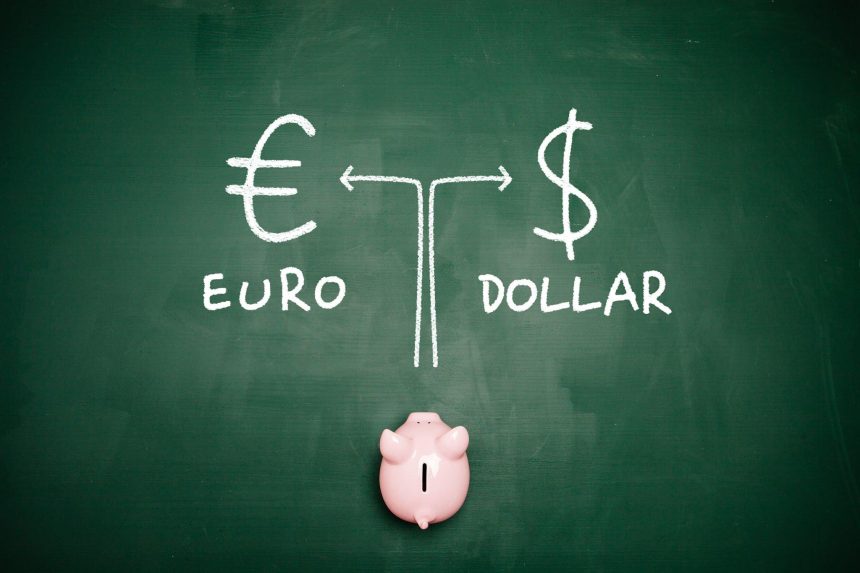EURUSD jumps to around 1.1200 as the Euro strengthens despite growing concerns over Eurozone economic growth.
In Wednesday’s European session, EURUSD rose to near its yearly high of 1.1200. The major currency pair rises as the US Dollar (USD) remains under pressure despite an increase in investors’ risk appetite following China’s huge stimulus plan announcement on Tuesday in a bid to rescue its economy from mounting recession threats. Generally, investments
Flows to the US Dollar are reduced at periods of high market sentiment.
Apart from China’s enormous stimulus, increasing Federal Reserve (Fed) significant rate cut bets in November have also weighed on the US Dollar. The US Dollar Index (DXY), which analyzes the US dollar’s value against six major currencies, edged up on Wednesday but remains close to its yearly low of 100.20.
According to the CME FedWatch tool, the possibility of the Fed cutting interest rates by 50 basis points (bps) to the range of 4.25%-4.50% has grown to 60% from 37% a week ago. The Fed also began the policy-easing cycle on September 18 with a larger-than-usual 50 basis point rate decrease, citing concerns about weakening labor demand.
The US core PCE inflation data for August, due out on Friday, will be the next significant trigger for the US dollar.
EURUSD rose to near its yearly high of 1.1200. US Dollar’s primary trigger this week will be the August core Personal Consumption Expenditures Price Index (PCE) data, the Fed’s preferred inflation gauge. Which will be release on Friday. The underlying inflation rate expected to have risen to 2.7% from 2.6% in July.
Before the Fed’s favored inflation barometer, markets will look at the August US Durable Goods Orders, which will be release on Thursday. New orders for durable goods are likely to fall by 2.6%, compared to a 9.8% increase in July.
Daily market movers: EURUSD increases as Euro performs well.
EURUSD rises to approach 1.1200 in European trading hours as the Euro (EUR) performs strongly versus its key peers despite rising. Concerns about Eurozone economic growth. The Flash HCOB Composite Purchasing Managers Index (PMI), produced by S&P Global and Hamburg Commercial Bank (HCOB) and issued on Monday, unexpectedly fell to 48.9 in September, its lowest level since January.
The significant fall in overall business activity was caused by a more severe contraction in manufacturing activity in the Eurozone’s major nations. The German HCOB Manufacturing PMI fell to 40.3, its lowest level since September 2023, extending a 27-month downward trend. Meanwhile, the French HCOB Composite PMI has returned to contraction mode after growing in August due to a one-time Olympic event.
ECB anticipated to lower interest rates once during its final two policy meetings this year.
Moving forward, the EURUSD will be led by market forecasts for European Central Bank (ECB) interest rate cuts chances for the Rest of the year. The ECB anticipated to lower interest rates at one of its two remaining meetings this year.









